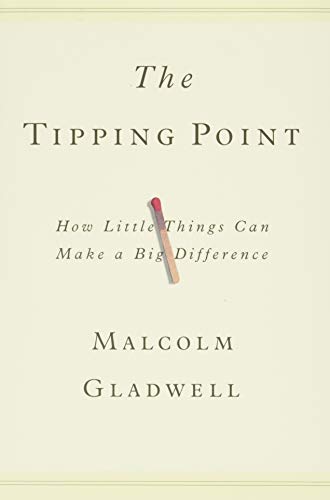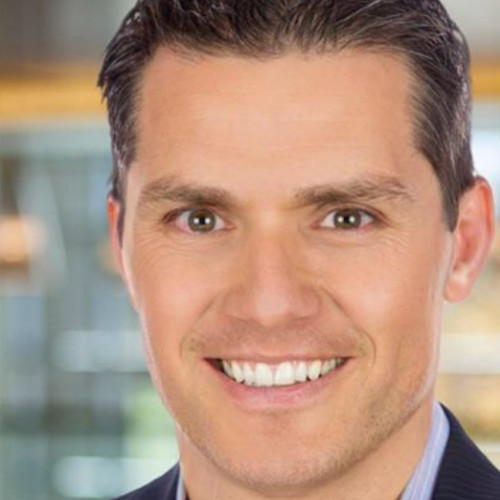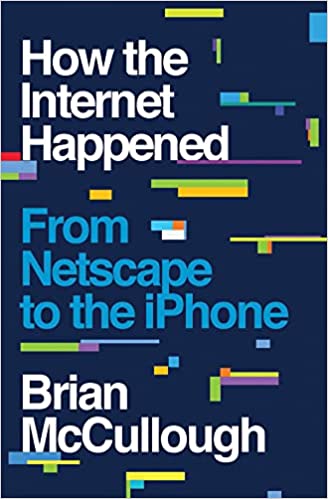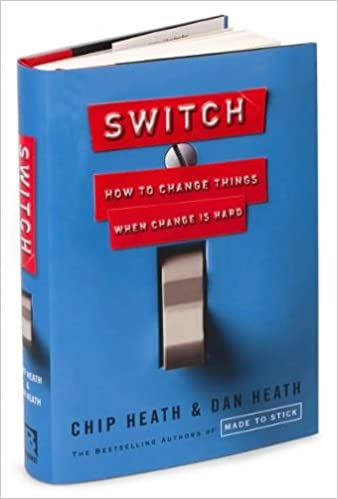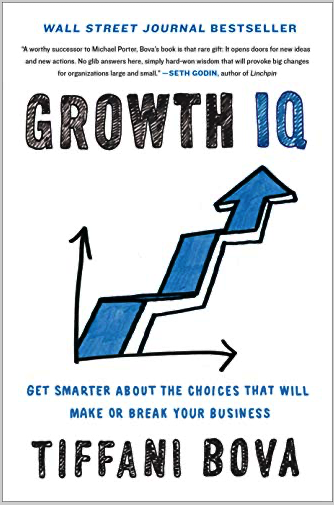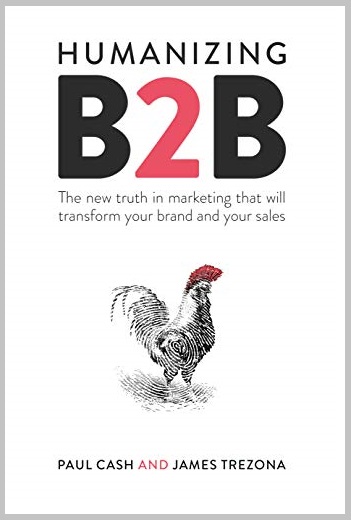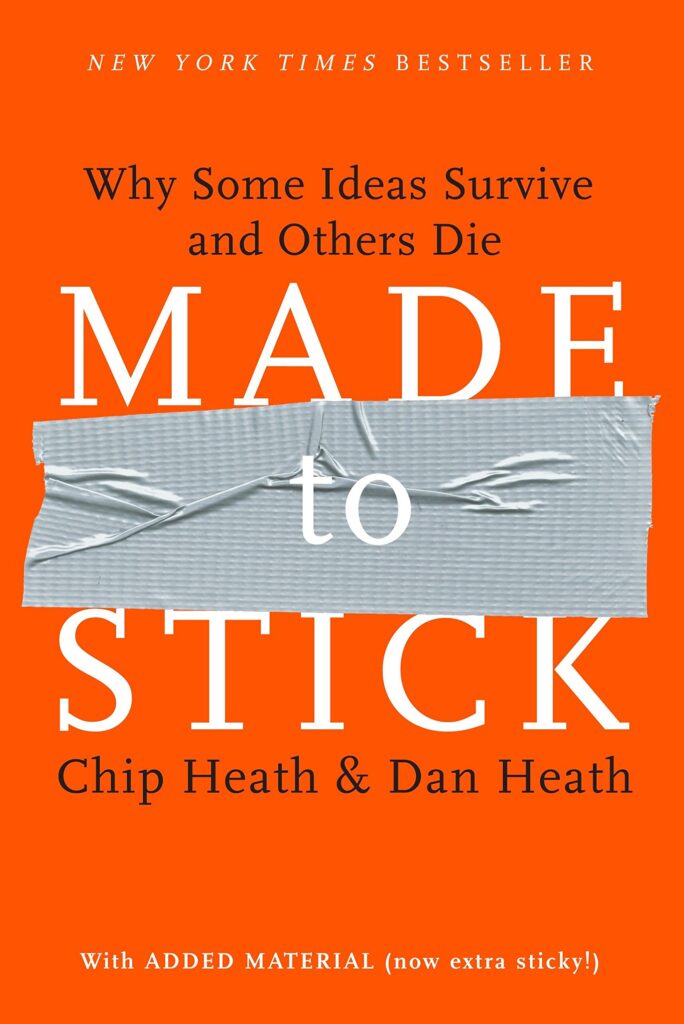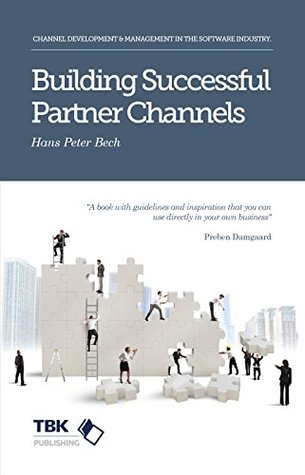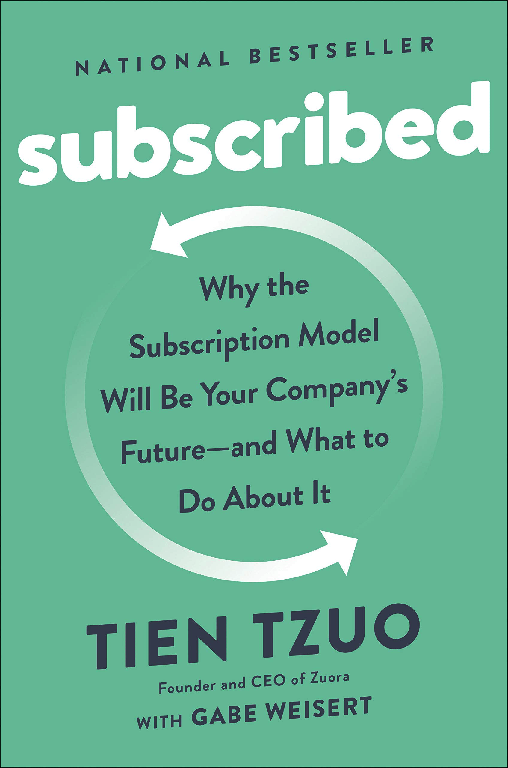
Book recommended by
Books of the Channel
Why should you read it?
David Bowie once said in 2002 (!!!) that “music itself is going to become like running water or electricity”. Any doubts we are paying the Spotify bill on our credit card today in the same way we pay any of our Utilities bills? This book, written by the founder of Zuora (a subscription lifecycle SaaS company) is an essential piece to understanding the subscription economy. Some of the examples may seem old with the super fast expansion of this model, but are still so relevant to rethink some of the aspects of our businesses which are still going through this transformation.
In the decade of ecosystems (as many analysts call it today), partners are key to drive the perpetual innovation model focused on the customer and this book offers great practical lessons on how you may launch a subscription model in any aspect of your company. While almost every technology vendor has moved or at least launched a part of their business under this model… have partners also reinvented their own businesses for the same?
What is the book about?
This book, written in 2017, is focused on the major business transformation of going from a products to a services centric mindset, featuring examples from SaaS vendors (Adobe), media (NY Times) to car manufacturers (Volvo) or entertainment providers (Netflix).
There are two key sections, one focused on what is called the “New Subscription Economy” and another focused on “How to Succeed in the Subscription Economy”. In this new era, companies are able to further personalize and allow continuous improvement while also making certain offerings more affordable to everyone. The book covers the basic steps to consider launching a subscription model and break down the old siloed production framework towards a focus on customers (and the data generated by their behavior) for perpetual innovation.
Best takeaway
I love the very simple yet powerful comparison the author provides between the Amazon and Walmart model. While Amazon has been collecting all the data and information about every click you’ve made, every product you browsed, any item you added to a cart and of course every purchase you’ve made… for Walmart you have traditionally existed only as a customer who bought a product. Amazon created the model to show you “other products usually bought together” or “what other users who liked this item also bought”, this allows them to make your shopping experience a personalized, high-touch and high-value journey. In Walmart, you are just simply paying your items to a cashier, the value-add is very little to none based on your previous history or interests.
How does the above situation relate to your life as a channel professional? How much business intelligence are you applying to your decisions about your partners? Are you tracking their interests, desires and plans? Are you offering recurring value? Are your partners doing this for your joint customers? How many of your partners actually launched a recurring services subscription model?
